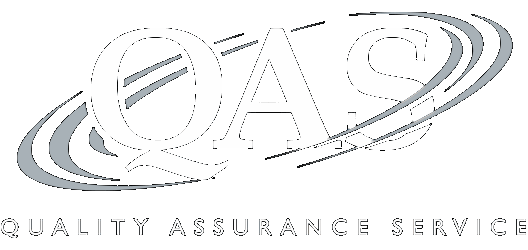Sampling Strategies in Financial Statement Audits: Methodologies, Data Analytics, and Off-Site Inventory
Recording of a 110-minute CPE video webinar with Q&A
This course will prepare auditors to select appropriate sampling techniques for financial statement audits and discuss the relationship between traditional sampling and data analytics. The speaker will explain the rationale for and technical terms of generally accepted standards for sampling methodologies based on AICPA accounting standards and guides and professional practice.
Outline
- Review of AICPA sampling, risk assessment and revenue recognition guides
- Sampling considerations in the current unsettled economic environment
- The impact of SAS No. 142 (Audit Evidence) and SAS No. 145 (Risk Assessment) on audit strategies
- The audit risk model and its applicability
- Current sampling best practices
- Frequently faced issues and common peer review matters
Benefits
The panel will review these and other key issues:
- Understanding the implications for audit sampling in the AICPA auditing standards
- Developing best practices from the AICPA sampling, risk assessment and revenue recognition (AU 606) guides
- Creating a well-planned sampling approach that follows AU-C 530 and the audit risk model
- Determining the impact of evidence from data analytics on audit sampling
- Identifying the proper size of a sample needed for a substantive details test or for an examination of internal controls
Faculty

Lynford Graham
CPA, Ph.D., CFE
-
Mr. Graham is a Certified Public Accountant with more than 40 years of public accounting experience in audit practice... | Read More
Mr. Graham is a Certified Public Accountant with more than 40 years of public accounting experience in audit practice and in various National Firm policy development groups. He is a consultant on professional auditing and accounting matters and an author. Until ecently Mr. Graham was a Visiting Professor of Accountancy at Bentley University in Waltham MA. He is a frequent speaker at National AICPA and State Society conferences.
Close
